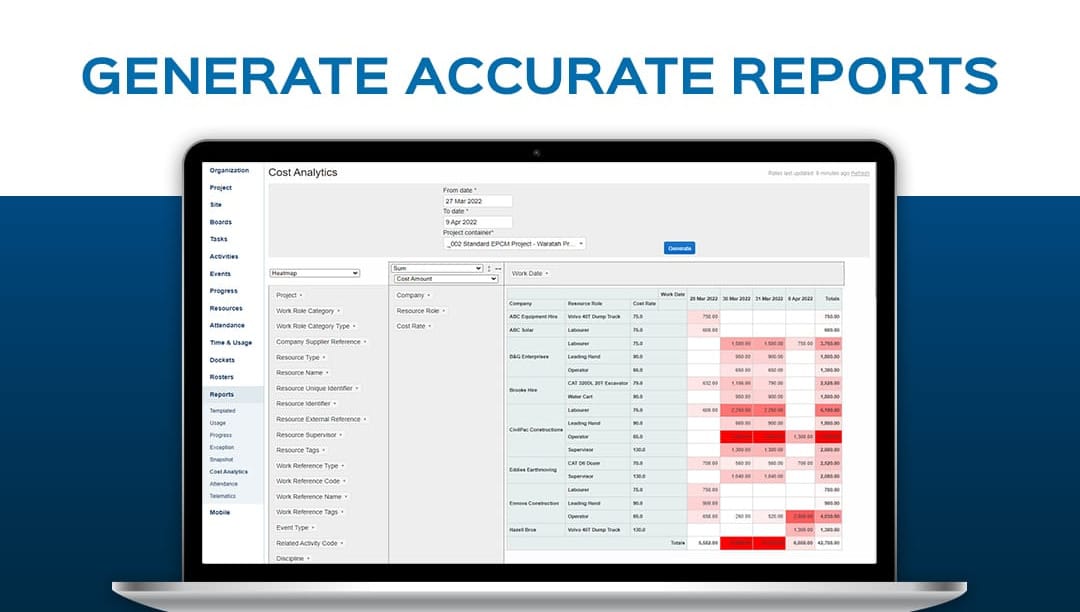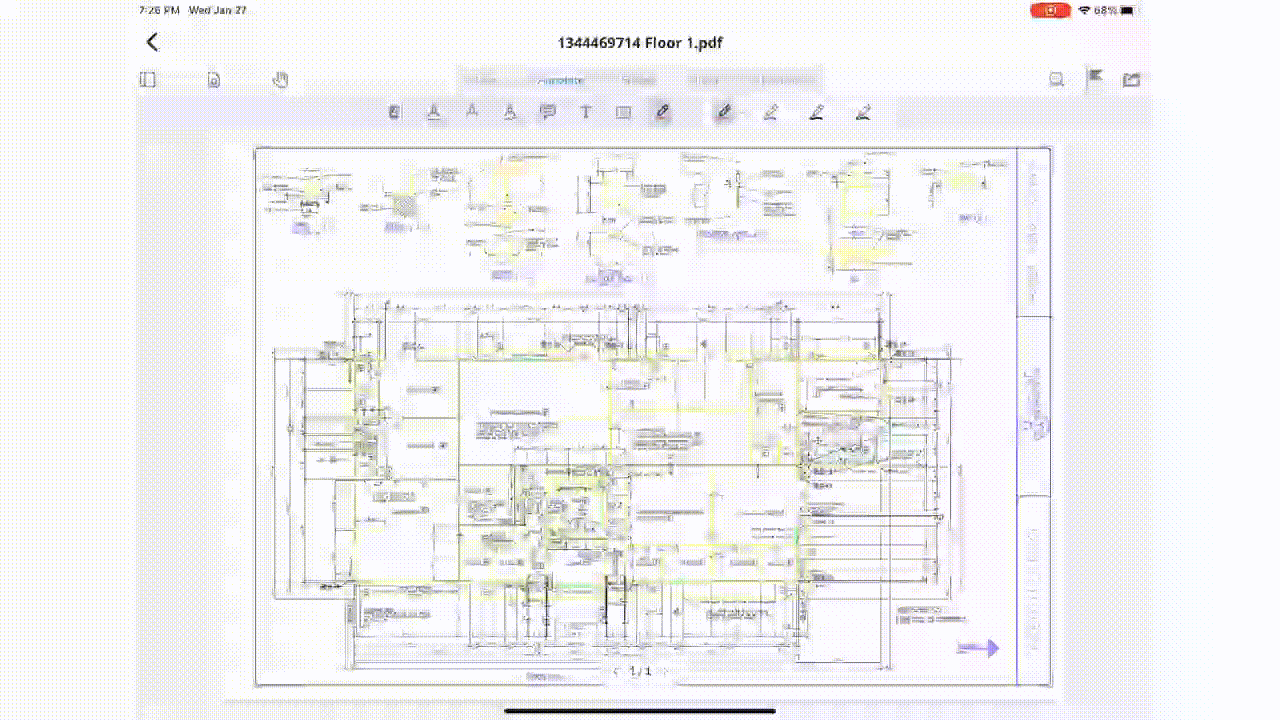What is 5D BIM and how can it be used to better manage costs in construction?
This article explores how 5D BIM, particularly through solutions like SYNCHRO, is used for cost estimation and quantity takeoffs, and project tracking.

There is a growing trend towards digitalization in the construction industry, with Building Information Modeling (BIM) leading the charge. While BIM has been widely adopted in the planning and design phases, we are only now starting to observe its use in the construction and operational phases of infrastructure projects.
Among the myriad benefits BIM for construction project management, its capability for performing precise cost estimation and quantity takeoffs stands out.
This article explores how BIM, particularly through solutions like SYNCHRO, is used for cost estimation and quantity takeoffs, ensuring projects are completed within budget and on time.
Use Cases of 5D BIM
5D BIM integrates cost management and budgeting into the building design and construction process. Here are several key use cases:
1. Budgeting and Cost Estimation

- Automated Cost Estimation: Automatically generate detailed cost estimates from the BIM model, improving accuracy and reducing the time needed for manual calculations.
- Real-Time Cost Updates: Update cost estimations in real-time as the design changes, ensuring the budget reflects the latest project details.
2. Value Engineering
- Cost vs. Value Analysis: Evaluate different design and material options based on cost versus value, supporting more informed decision-making to achieve the best value for money.
- Alternative Materials and Methods Assessment: Compare the cost implications of using different materials and construction methods, enabling cost optimization without compromising quality.
3. Financial Planning and Management

- Cash Flow Analysis: Project cash flows over the construction period, helping in financial planning and identifying the need for funding at different stages.
- Budget Tracking and Management: Monitor expenses against the budget in real-time, providing an early warning system for potential overruns.
4. Change Management
- Impact Analysis of Design Changes: Assess the cost implications of design changes, facilitating better control over the project budget.
- Variation Tracking: Document and manage variations from the original plan, along with their cost impacts.
5. Procurement Management
- Quantity Take-offs: Automatically generate accurate material quantities from the BIM model, streamlining the procurement process.
- Tender Documentation: Produce detailed tender documents directly from the BIM model, including quantities and specifications for more accurate bidding.
6. Risk Management
- Risk Analysis: Identify potential cost-related risks, such as price escalation or inaccurate quantity estimates, and develop strategies to mitigate them.
- Contingency Planning: Calculate and manage contingency budgets more effectively by analyzing the potential cost impact of identified risks.
7. Project Collaboration and Document Sharing

- Stakeholder Collaboration: Syncro contains a data sharing service that enables role-based access control to project files like 2D CAD, PDFs, and BIM models.
- Reporting and Dashboards: Generate comprehensive cost reports and dashboards, providing insights into the financial status of the project for better management.
Top challenges with implementing BIM-based cost estimation
While leveraging 3D BIM models as part of the construction management process can deliver benefits, it requires an extensive project set-up. Here are some of the most common mistakes made by contractors when implementing digital delivery workflows in their project:
- Poor Standardization: Materials or BIM objects may have wrongly embedded cost parameters. Without a proper control system to check for these inputs, it can lead to inconsistencies in the final cost estimates.
- Limited BIM expertise: Individuals tasked with creating the BIM models may be unfamiliar with the software.
- Integration with existing systems (i.e. planning software) : SYNCHRO would need to obtain existing plan schedules from planning software. Luckily Synchro natively supports planning software such as Oracle Primavera 6 and Microsoft Projects.
How does a 5D BIM Workflow look like in a real project?
Synchro 4D is a powerful tool that enhances 5D BIM by integrating schedule and cost data into the 3D model. The workflows would generally be designed around:
- Model Import and Validation: Importing and validating 3D models from various BIM software to ensure accuracy and completeness.
- Schedule Integration: Linking the 3D model with the construction schedule to create a 4D model that visualizes the sequence of activities over time.
- Cost Association: Associating cost data with schedule activities to develop a 5D model that tracks budget and expenditures in real-time.
- Simulation and Analysis: Running simulations to analyze different scenarios, identify potential issues, and optimize the construction process.
- Progress Tracking and Reporting: Monitoring project progress and generating reports that provide insights into schedule adherence and financial performance.
During the construction and eventual handover of the project, a BIM team should be conducting regular quality checks to maintain the integrity and reliability of the BIM model.
Drive project efficiencies with 5D BIM
The adoption of BIM for cost estimation and quantity takeoffs represents a significant leap forward for the construction industry. It not only enhances the efficiency and accuracy of project cost management but also fosters a more collaborative and transparent project environment.
As the industry continues to evolve, the integration of advanced solutions like SYNCHRO will help digitally savvy contractors deliver projects on time, within budget, and minimize potential project risks.
If you need help implementing SYNCHRO on your project, feel free to reach out to us.
